#endangered languages
Explore tagged Tumblr posts
Photo

Vulnerable and Extinct European Languages.
by StickyThoPhi
320 notes
·
View notes
Text
Rare Language Learning: Polari
If you have ever used the words:
- Naff
- Butch
- Camp
You have unknowingly been speaking the sociolect known as Polari, the language of queer people primarily used in the 30s to the 70s. Polari is now an endangered language, as labelled by the University of Cambridge
Something of note: Many resources out there imply (or state) that Polari was a language invented and used solely by white cis gay men, which is decidedly untrue. Many words of Polari come from drag culture, lesbians, and the Romani people and their language. The use of ‘the language of British gay men’ may be a more palatable title to the general public, but it is not to me. I did my best to curate a variety of resources, but unfortunately much of queer history has been lost many more decades than I’ve been alive, if you have any other resources for studying Polari I would love to read them, message me or leave a link in the replies.
Articles
Learn Polari, the Secret Language of the Gays ⚢ Out Magazine
Polari: The code language gay men used to survive ⚢ BBC
Polari and the Hidden History of Gay Seafarers ⚢ National Museums Liverpool
The Story of Polari, Britain’s Secret Gay Language ⚢ Fabulosa!
Polari People ⚢ Fabulosa!
Polari: a language born from prejudice ⚢ Englishpanish
The secretive gay language that gave LGBTQ people a voice ⚢ GAYTIMES
A brief history of Polari: the curious after-life of the dead language for gay men ⚢ The Conversation
Study Material
The Polari Bible ⚢ Internet Archive
Fantabulosa: A Dictionary of Polari and Gay Slang ⚢ Internet Archive
Sociolinguistics / Polari ⚢ StudySmarter
FlashCards ⚢ Quizlet
New Polari Translator ⚢ LingoJam
Polari: A sociohistorical study of the life and decline of a secret language. ⚢ Dissertation, University of Manchester
Polari: a language born from prejudice ⚢ Englishpanish
Simon Bowkett: a short blog in Polari for LGBT+ History Month ⚢ Civil Service LGBT+ Network
#academia#studyblr#university studyblr#uni#university#student#linguistics#language study#language learning#langblr#languages#endangered languages#queer history#queer history month#lgbtq community#lgbtq history#lgbtq history month#lgbt#lgbt history month#queer academia#queer community#linguistic#Polari#Polari language#dialect#sociolect#pride#uk history#English history#university student
750 notes
·
View notes
Text
y'all please check out my friend alex's book!! its a free online resource for learning māori, the endangered indigenous language of new zealand, and we hope that it can help spread this beautiful language to even more people!
(plus this book is a blast hehe)
#te reo māori#māori#tereomāori#tereomaori#te reo maori#maori culture#language learning#indigenous#pasifika#language#language exchange#free resources#fyp#māori language#indigenous languages#new books#<3<3<3<3<3<3<3<3<3#ebook#endangered languages#aotearoa#new zealand#nz#culture
1K notes
·
View notes
Text


When I donated today I learned they actually have a goal! So please consider donating to this project or reblogging so others can donate
Donate to the Wôpanâak Language Reclamation Project
#thanksgiving#indigenous#native americans#native language#indigenous language#language#Wampanoag#wopanaak#native american#endangered languages
54 notes
·
View notes
Text

Me in my teens discovering that French is not the only language spoken in France
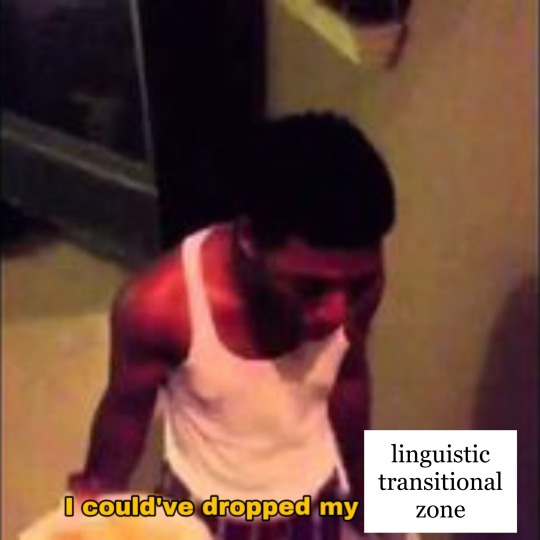
#france#langues#langues d’oïl#langues d’oc#occitan#langblr#language#language blog#languageblr#language meme#language memes#linguistics#linguistics humor#language learning#regional language#endangered languages#europe#croissant#vine#vine reference
285 notes
·
View notes
Text
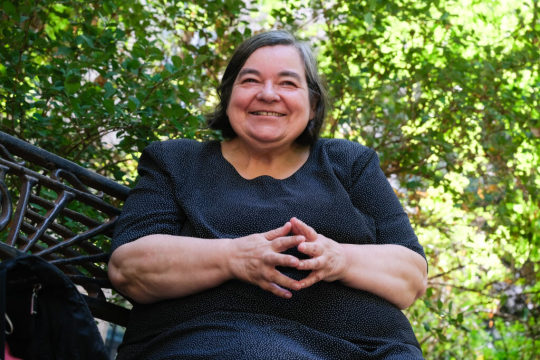
Yesterday, the linguist and activist Carme Junyent died. It saddens me deeply to write this post, because she was someone who I really admire.
She was a linguist who led the Grup d'Estudis de Llengües Amenaçades (GELA, Research Group on Endangered Languages) in University of Barcelona and author of many books and articles about language diversity and the defense of minoritized and/or indigenous languages here and around the world, and a firm defensor of immigrants' language rights and cultural diversity. She was also very active in defense of the language rights of her own community, Catalan speakers, against linguistic imperialism from Spanish and French.
Even in her last moments, she wrote an article about the right to die speaking one's mother language (Catalan in our case) if you are in your own country, instead of the usual case of forcing the patients who are part of the local marginalized and/or indigenous language community (even those in the very last moment of their lives) to speak in the dominant state language (Spanish, in our case). She sent it to the newspaper Vilaweb, where she often collaborated, to be published right after her death:
She has died of cancer at 68 years old. In her last months, most doctors who treated her in Catalonia's public healthcare system did not speak or did not want to speak Catalan, only Spanish. But she took the decision to keep firm and not change her language, so she could die in her mother tongue.
#death cw#carme junyent#sociolinguistics#linguistics#lingblr#langblr#minority languages#indigenous languages#actualitat#minoritized languages#language#languages#linguist#endangered languages#language rights#language imperialism#imperialism#llengua catalana#catalan
414 notes
·
View notes
Text
General Ainu sentence building
Here's a handy guide on making sentences in the Ainu language.
The sentence structure is Subject-Object-Verb. This will be easier if you know a language like Japanese or Korean which use the same order.
Pronouns have two types: ones to be used "normally" like in English or Japanese, and ones to be attached to the verb. (You've seen the = sign in Ainu text? That's a marker of an attached pronoun.)
There is no verb conjugation. The only time you'll need to modify a verb is when the subject is plural. This is when a verb might change completely. (Check my post on plural verbs.)
Paykar ek. (spring come) - The spring is coming/comes/came. Here, the subject is "paykar" (spring) and the verb "ek" (to come) can mean "to come" at any time. If you would like to specify a time, use words like "numan" (yesterday), "nisatta" (tomorrow) etc.
The sentence structure is very regular.
Toan kur nisatta Sapporo un oman. (that person tomorrow Sapporo to go) That person is going to Sapporo tomorrow. The verb is always at the end of sentences. Here, the subject is "toan kur" so the verb has no pronoun attached to it. However, if the subject is a pronoun, it would look like this;
Nisatta Sapporo un ku=oman. (tomorrow Sapporo to I-go) I'm going to Sapporo tomorrow. The pronoun is attached to the verb. The standalone pronoun can also be included in the sentence;
Kuani anakne nisatta Sapporo un ku=oman. (I (topic) tomorrow Sapporo to I-go) I'm going to Sapporo tomorrow. The meaning of this sentence doesn't change much in English, but including both the standalone and the verb-attachment pronoun act as a stronger message that "I" am DEFINITELY the one going to Sapporo (and nobody else)
Kuani ka keraan topenpe ku=e rusuy. (I also sweet candy I-eat want) I want to eat sweet candy too. The topic marker "anak"/"anakne" and the standalone pronoun (here "kuani" can be left out. However, the pronoun attached to the verb can never be dropped. Therefore, sentences like "kuani ka keraan topenpe e rusuy" are not allowed.

#langblr#language#learning#studyblr#ainu#ainu itak#endangered languages#grammar#vocab#language study#foreign languages#japan
102 notes
·
View notes
Text
Daily Irish Lesson 14
To say 'I love you' in Irish we say 'Tá mé chun tú a mharú'
Pronunciation: taw may kun too ah vah-roo
#irish#gaeilge#i love you#language#langblr#ireland#dublin#gaelic#irish language#hii#daily irish lesson#qsoc#endangered languages
77 notes
·
View notes
Text
Around 10 years ago, a linguist with experience in Haudenosaunee languages, Karin Michelson, was invited by three Oneida women to assist them in going through the archives of one of the world’s best-known museums. The Oneida women went to the Smithsonian Institution as part of a program known as Breath of Life, which enables Onkwehón:we to bring linguistic works back to their home communities. Michelson, who co-authored a dictionary for the severely endangered Oneida language, came along to help them sift through the archives. She first forged connections with the Oneida when she was at the Centre for Research and Teaching of Native Languages at the University of Western Ontario. “I think I would not have stayed in school if I had not met some of the people I got to work with,” she said. She went on to teach at Harvard before finally settling into a role at the University of Buffalo. But Michelson, a non-Indigenous woman who grew up in Chateauguay in the 1950s and 60s, encountered something else in the Smithsonian’s archives that caught her interest and surprised her – an unpublished manuscript called Notes to a Mohawk Dictionary.
Continue Reading
Tagging @politicsofcanada
#cdnpoli#canada#canadian politics#canadian news#endangered languages#native language#Kanien’kéha#mohawk#indigenous
180 notes
·
View notes
Text
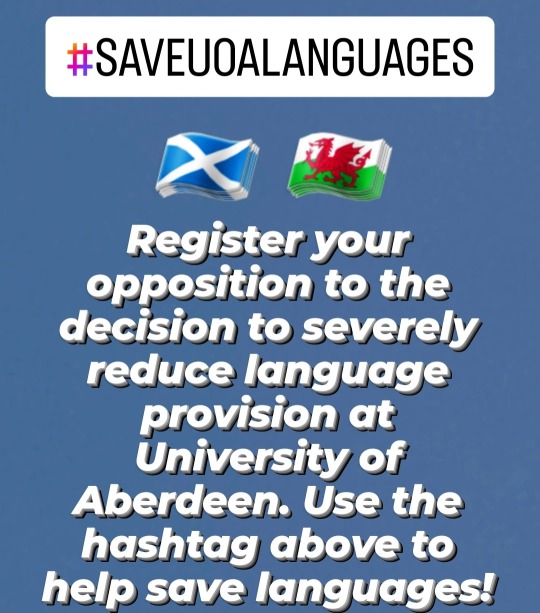
I'm making my opposition to the proposal to severely reduce language provision at the University of Aberdeen known - Scottish Gaelic, an endangered Celtic langauge, is one of the languages at risk of being cut. This would do immense damage to the language revitalisation effort. @uniofaberdeen must reverse this decision and commit to protecting Gaelic and other languages in their institution.
If you feel the same way, you're encouraged to make more posts and stories about the issue to show the University of Aberdeen just how much this decision is frowned upon. Use the hashtag #saveuoalanguages in your posts to get the word out about this.
I'll be travelling tomorrow and wish I could do more right now. But together we can make it known just how unpopular this decision is.
#university of Aberdeen#saveuoalanguages#scottish gaelic#gaidhlig#endangered languages#celtic languages#celtic#gaelic#scotland#scottish#language revitalization#cymblr#celtic studies
135 notes
·
View notes
Text
How the Mohawk community is working to revitalize their language
#Mohawk#language#linguistics#lingblr#langblr#language revitalization#endangered languages#Native American#Indigenous
130 notes
·
View notes
Text
There are 2,900 languages that are endangered. This means they have fewer than 10,000 speakers, and most of them are not being passed on to younger generations.
What Causes Language Extinction?
1. Colonization and oppression
2. Globalization and urbanization
3. Education and media
4. Attitudes and prestige
Why Does Language Extinction Matter?
1. Cultural heritage
2. Scientific knowledge
3. Linguistic diversity
How Can We Save Endangered Languages?
1. Documentation and revitalization
2. Policy and legislation
3. Awareness and advocacy
Places ranked by Endangered Languages
1. Africa with 619 languages
2. Asia with 613 languages
3. South America with 448 languages
4. North America with 182 languages
5. Pacific with 592 languages
6. Europe with 238 languages
7. Australia with 108 languages
#language#cultural heritage#endangered languages#historic preservation#anthropology#linguistics#asian#south america#african#language learning#native language
132 notes
·
View notes
Text
fun summer idea to keep yourself sane: learn a lesser known, endangered, critically endangered, or extinct language!
Im currently learning Ainu and it feels cool to be a part of keeping it alive. A great resource i’ve been using is So You Want To Learn A Language, but there are some lesser spoken languages on Drops. (Ex.: Galician, Igbo, Irish, Persian, Samoan, Māori, etc.)
Another resource I really like is LingoHut. It’s free and has lessons for languages like Macedonian, Armenian, Malay, Urdu, etc.
Have fun learning!
スイ ウヌカラアン ロ!☻
(p.s. this doesn’t just have to be for the summer! you can learn a language anytime ☻)
#text#ainu#ainu language#endangered#endangered languages#extinct languages#language learning#language#languages#linguistics#learning#fun#summer#summer ideas#summer activities#activities
21 notes
·
View notes
Text
The Enets are almost completely extinct. They have been Russified from colonization and some assimilated to their neighboring tribe the Nenets. There are less than 200 left if the numbers reported are truly accurate. Let's bring them back to light and honor them.
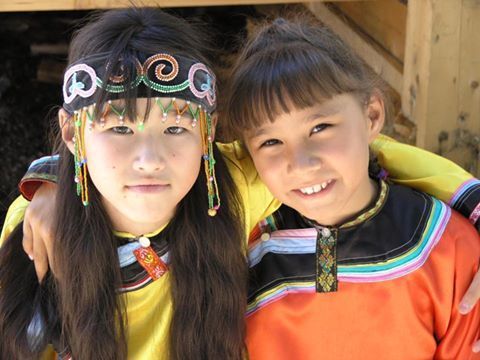
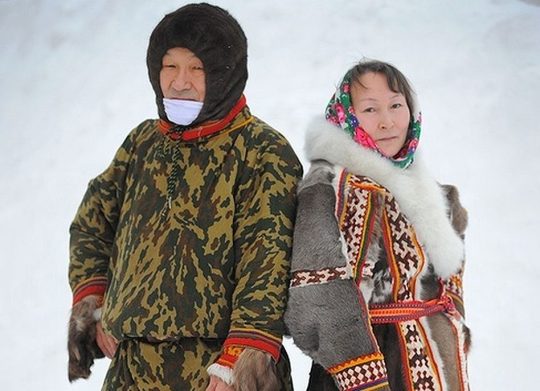
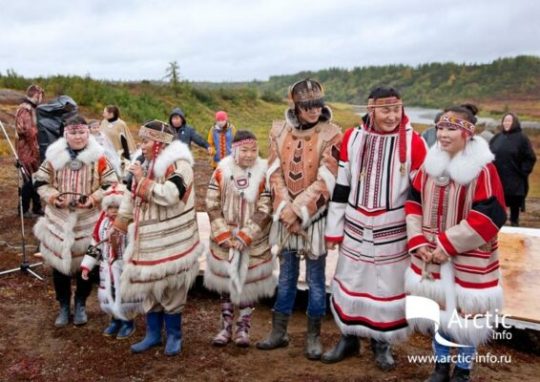
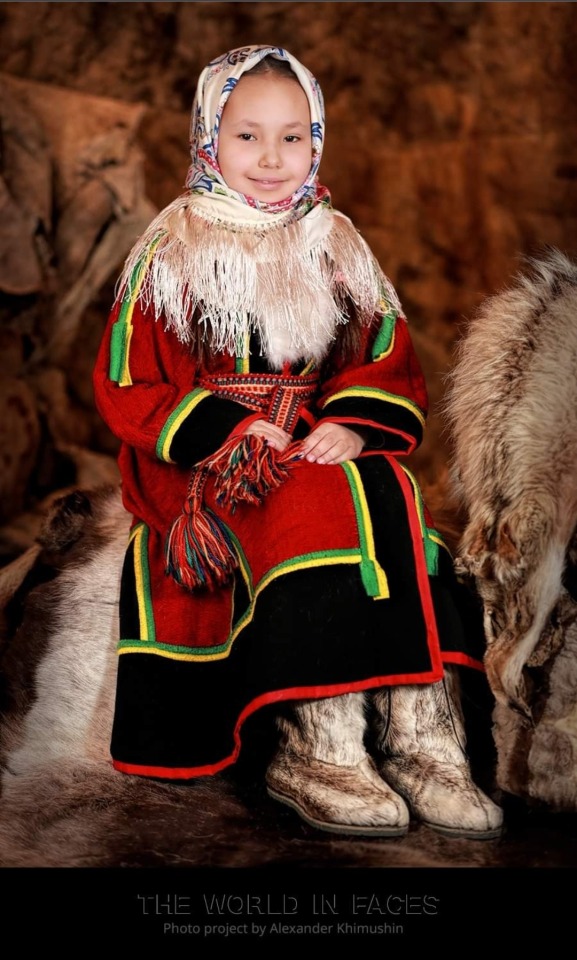
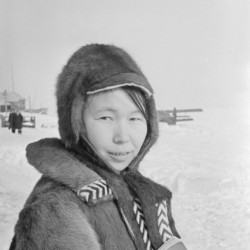

#indigenous#culture#indigenous russia#indigenous russian#russia#important#fypシ#colonization#fypage#landback#endangered#endangered languages#Endangered tribes#Tribes#enets#Enet people#indigenous people#indigenous rights#russian imperialism#russian colonialism
249 notes
·
View notes
Text
From The Cutlass Magazine:
“Caribbean Hindustani Interview: Mahadeya Kowlessar
Contrary to popular belief, the language of Bhojpuri or Hindustani is not dead in the Indo-Caribbean community. The Bhojpuri of chutney and Hindi/Urdu of Bollywood echoes throughout our daily lives. Words and phrases have been adopted into the island vernaculars. While the languages may have decayed in spoken form for the masses in Trinidad, Guyana, and Jamaica, among other indenture sites, are they beyond rebirth and preservation?
In this interview, Dr. Visham Bhimull speaks to Mahadeya Kowlessar from South Trinidad. With her white "orhni" (veil) and command of native tongue, she is an embodiment of a time long ago. This dialogue reveals much about our roots and Indo-Caribbean identities. You may be able to isolate words such as "nana-nani" (maternal grandfather-grandmother) or "aja-aji" (paternal grandfather-grandmother), perhaps phrases like "na jane" (I do not know). She exemplifies how our ancestors would have referred to a pre-partitioned India as "muluk" (country) rather than the "Bharat" or "Hindustan" known to South Asians. Bhimull, an Indo-Trinidadian linguist, is spearheading the movement to document these ancestral dialects through his organization Caribbean Hindustani. In doing so, he is continuing in the line of pioneers like Peggy Mohan, working against the inevitable passing of time to protect the endangered Bhojpuri from extinction in the West Indies.”
#trinidad and tobago#caribbean#west indies#west indian#trinbagonian#trinidad#trinidadian#caribbean culture#culture#West Indian culture#indo caribbean#indo trinidadian#endangered languages#Caribbean languages#Caribbean Hindustani
8 notes
·
View notes
Text
Saw this opinion a couple times today (twitter thread about why the Baltics are independent countries and not just one Baltic megastate), and hadn't really noticed it before, so I'm curious how many of you might agree:
(I'm also curious how self-selecting my friend group and my mutual-in-laws group is on this topic, but we'll see.)
#on language#languages#endangered languages#like i feel like you guys already know how i'm voting on this one lol#i'm learning latvian and i've always been curious about welsh you know where this is going for me#but how bout you?
57 notes
·
View notes